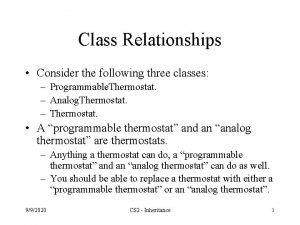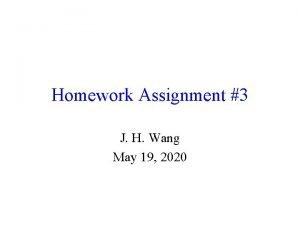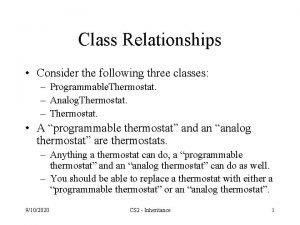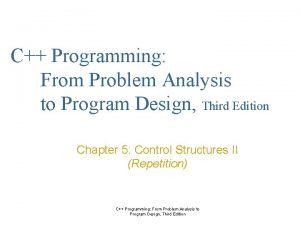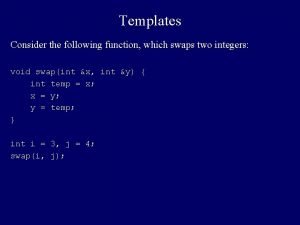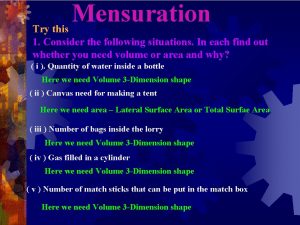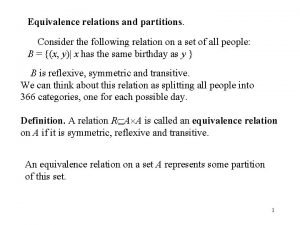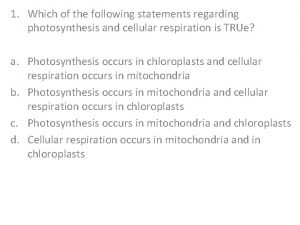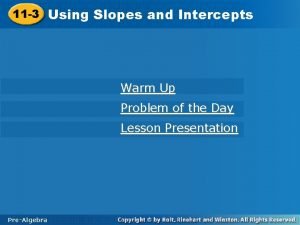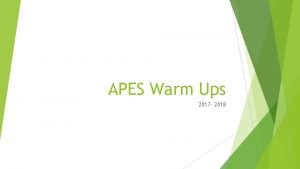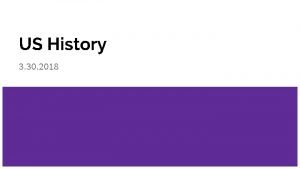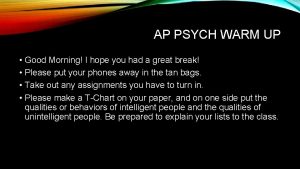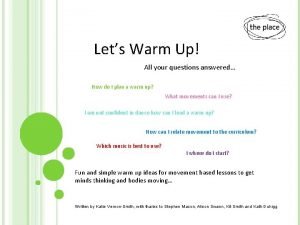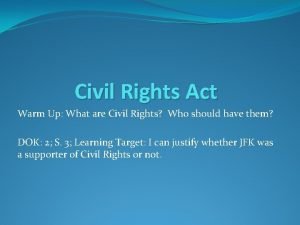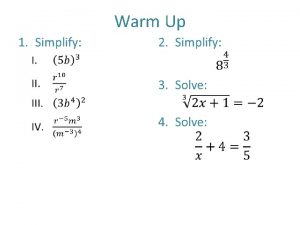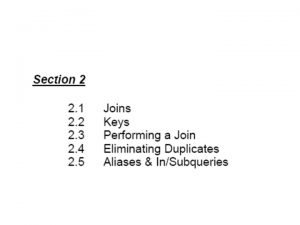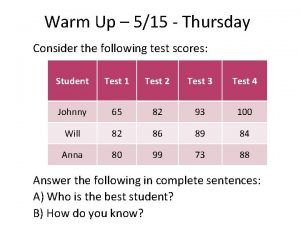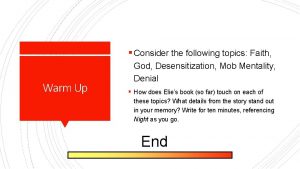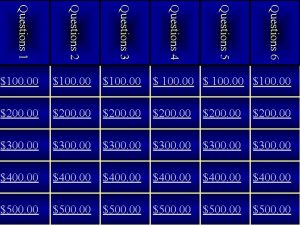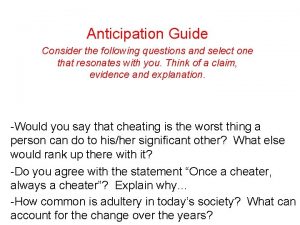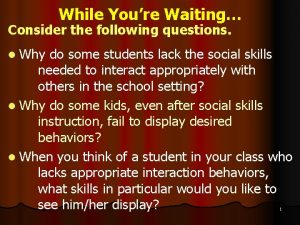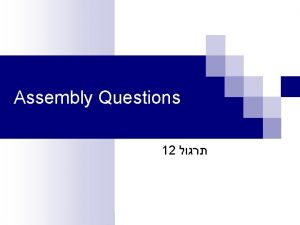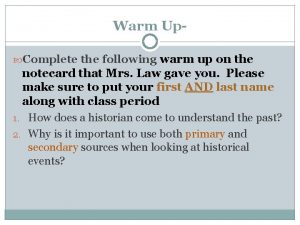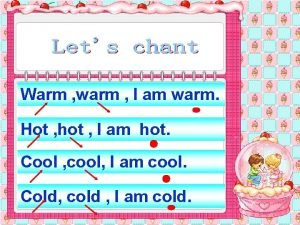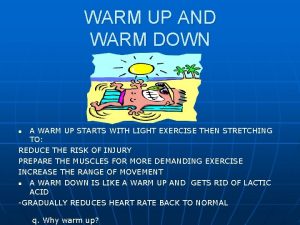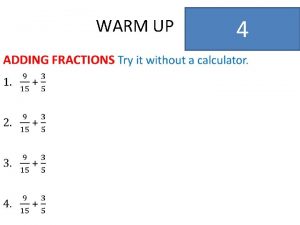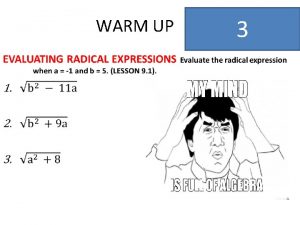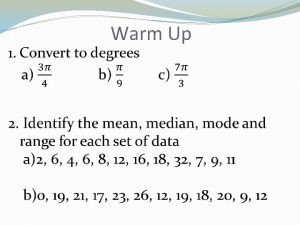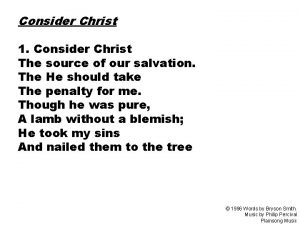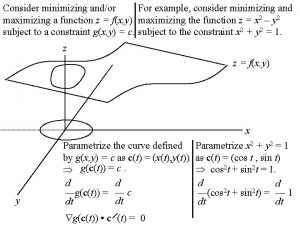Warm Up Consider the following questions 1 How































- Slides: 31

Warm Up Consider the following questions: 1. How did using the Instructional Practice Guide help you in classroom observations? 2. What initial trends have you identified in your target grade level’s practices? /1

Literacy Leadership Professional Development Charlotte-Mecklenburg Schools November 2014 © TNTP 2014

Elements of Excellent Literacy Instruction In classes where excellent literacy instruction is taking place, we see students: 1 Regularly practicing with complex text and its academic language 2 Reading, writing and speaking grounded in evidence from text, both literary and informational 3 Building knowledge through content-rich nonfiction /3

Next Steps: Observing Grade Level Practices In preparation for the next session: • Conduct a walkthrough of your target grade level - 1, 4, 6, or 10 • Use the Instructional Practice Guide to analyze classroom practice of all teachers in that grade level and bring your notes with you • Collect the lesson plan from each lesson observed (if possible) • Collect student work samples from each lesson observed to support your analysis of classroom practices /4

Analyzing Classroom Practices at Your School Use the Instructional Practice Guide to examine the student work you brought from your school and analyze the classroom observations you conducted. • What evidence did you see in your classroom observations of each of the Core Actions and Indicators? • What evidence do you see in the student work of each of the Core Actions and Indicators? • Which of the Core Actions seems to be most present in your school? • Which of the Core Actions seemed to be least present in your observation and/or student work? /5

Training Overview Session Objectives Participants will… • Analyze observation data and student work to drive next steps for literacy instruction • Assess whether or not a high quality text is at the center of instruction (Core Action 1) • Consider instructional strategies to effectively engage all students with grade level text (Core Actions 2 & 3) /6

Text Complexity and Student Achievement /7

Text Complexity and Student Achievement ACT Informational Texts Complex Informational Passages refers to materials that tend to include a sizable amount of data, present difficult concepts that are embedded (not explicit) in the text, use demanding words and phrases whose meaning must be determined from context, and are likely to include intricate explanations of processes or events. ACT Literary Texts Complex Literacy Narratives refers to excerpts from essays, short stories, and novels that tend to make generous use of ambiguous language and literary devices, feature complex and subtle interactions between characters, often contain challenging context-dependent vocabulary, and typically contain messages and/or meanings that are not explicit but are embedded in the passage. /8

Agenda Opening Analyzing Classroom Practices Assessing Text Quality Supporting Student Access to Text: Close Reading Closing and Next Steps /9

Analyzing Text Quality: Positioning Our Work Guided Reading Independent Reading Complex Text At readers’ instructional level (with variation based on purpose) At readers’ individual level (with some variation based on student interest) Teacher scaffolds the print work; teacher and students work together for meaning Students do most of the print and meaning work, with some support from teacher Student does all of the work. / 10

Which Text is More Complex? Text 1 Text 2 Lincoln was shaken by the presidency. Back in Springfield, politics had been a sort of exhilarating game; but in the White House, politics was power, and power was responsibility. Never before had Lincoln held executive office. In public life he had always been an insignificant legislator whose votes were cast in concert with others and whose decisions in themselves had neither finality nor importance. As President he might consult with others, but innumerable grave decisions were in the end his own, and with them came a burden of responsibility terrifying in its dimensions. According to those who knew him, Lincoln was a man of many faces. In repose, he often seemed sad and gloomy. But when he began to speak, his expression changed. “The dull, listless features dropped like a mask, ” said a Chicago newspaperman. “The eyes began to sparkle, the mouth to smile, the whole countenance was wreathed in animation, so that a stranger would have said, ‘Why, this man, so angular and solemn a moment ago, is really handsome. ’” / 11

Analyzing Text Quality To determine if a high quality text is at the center of instruction, consider: 1 Is the text part of a sequence of texts designed to build knowledge? 2 What are the quantitative measure(s) and qualitative features of the text? 3 What considerations are made for reader and task? / 12

Analyzing Text Quality Text Complexity: What is it? “The Common Core State Standards require students to read increasingly complex texts with increasing independence as they progress toward career and college readiness. Texts for each grade align with the complexity requirements outlined in the standards. Reading Standard 10 outlines the level of text complexity at which students need to demonstrate comprehension in each grade. “ CCSS. ELA-Literacy. CCRA. R. 10 Read and comprehend complex literary and informational texts independently and proficiently. Publishers’ Criteria for the Common Core State Standards in English Language Arts and Literacy, Grades 3– 12 / 13

Analyzing Text Quality Appendix A in the CCSS identifies the following factors as determining text complexity: ü Quantitative measures look at factors impacting “readability” as measured by particular computer programs. ü Qualitative measures examine levels of meaning, knowledge demands, language features, text structure, and use of graphics as measured by an attentive reader. ü Reader and Task considers additional “outside” factors that might impact the difficulty of reading the text. / 14

Analyzing Text Quality: Quantitative Measure Verify that each text has been placed within a grade band based on at least one quantitative measure. Key ATOS: ATOS (Renaissance Learning); DRP: Degrees of Reading Power (Questar); FK: Flesch Kincaid (public domain, no mass analyzer tool available); Lexile: Lexile Framework (Meta. Metrics); SR: Source Rater (ETS); RM: Pearson Reading Maturity Metric (Pearson Education) Appendix A of the Common Core State Standards (www. corestandards. org) / 15

Quantitative measures alone are insufficient. Grapes of Wrath Lexile Score: 680 L Grade Band Placement: 2 -3? Quantitative metrics are: ü Excellent at situating informational texts ü Good at offering a starting point for placing narrative fiction ü Unable to rate drama and poetry ü Not helpful for K-1 texts / 16

Analyzing Text Quality: Practice Read the excerpt from “The Great Fire, ” and with your table group analyze the quality of the text: 1 Quantitative Analysis: Study the two measures and determine the appropriate grade band. 2 Qualitative Analysis: Using the rubric, evaluate the qualitative features of the text. Provide evidence for each feature. Place the passage in the appropriate grade. 3 Quality Criteria: Considering the qualitative criteria, is this text worth reading? / 17

Qualitative Measures Qualitative measures consider: ü Text Structures ü Language Features ü Meaning/Purpose ü Knowledge Demands Qualitative measures allow teachers to get at elements of complexity that quantitative measures alone cannot address. The Grapes of Wrath is a case in point. / 18

Analyzing Text Quality: Features of Complex Text • • Subtle and/or frequent transitions • • Longer paragraphs Multiple and/or subtle themes and purposes Density of information Unfamiliar settings, topics or events Lack of repetition, overlap or similarity in words and sentences Complex sentences and syntax Uncommon vocabulary Lack of words, sentences or paragraphs that review or pull things together for the student Any text structure which is less narrative and/or mixes structures www. achievethecore. org / 19

Analyzing Text Quality: Qualitative Features Verify that each text has been placed at a grade level based on a systematic qualitative analysis. / 20

Analyzing Text Quality: Practice Read the excerpt from “The Great Fire, ” and with your table group analyze the quality of the text: 1 Quantitative Analysis: Study the two measures and determine the appropriate grade band. 2 Qualitative Analysis: Using the rubric, evaluate the qualitative features of the text. Provide evidence for each feature. Place the passage in the appropriate grade. 3 Quality Criteria: Considering the qualitative criteria, is this text worth reading? / 21

Reader and Task Measures Finally, there are factors relating to your readers and the task to consider: ü Desired Outcomes/Understandings ü Complexity of Content ü Specific student needs ü Reading Skills ü Motivation & Engagement ü Prior Knowledge Considering their readers and the task you’re envisioning helps teachers think through the implications of using a particular text in the classroom, and may help fit the text into a specific grade. / 22

Analyzing Text Quality: Practice Read the excerpt from “The Great Fire, ” and with your table group analyze the quality of the text: 1 Quantitative Analysis: Study the two measures and determine the appropriate grade band. 2 Qualitative Analysis: Using the rubric, evaluate the qualitative features of the text. Provide evidence for each feature. Place the passage in the appropriate grade. 3 Quality Criteria: Considering the qualitative criteria, is this text worth reading? / 23

Agenda Opening Analyzing Classroom Practices Assessing Text Quality Supporting Student Access to Text: Close Reading Closing and Next Steps / 24

Close Reading Key Idea: Close Reading is a method used to help students unlock meaning from difficult text that is above their comfort level. Using it allows students to master complex and challenging texts. Layered Readings Text Dependent Questions • Reading a text more than once. • Using text dependent questions (i. e. the microscope) where understanding of specific passages cannot be faked by understanding the broader gist. • Building meaning up from details of style, authorial intention, language, and word choice. • Looking intentionally at how texts work. • Avoiding (or waiting to engage) broad opinion-based questions until deeper understanding has been confirmed. • Using a different approach to reading each time. / 25

Video Analysis: Close Reading Lesson In observing this video, think through the following questions: ü How is the teacher supporting students’ in accessing this text? ü How do the questions he asks during the lesson differ? What is significant about those differences? / 26

Close Reading Lesson Model During the model: ü Engage as a student. ü Use the handout on page XX to take notes about what you are observing: How does this model support student access to the text? / 27

Close Reading Debrief • How does the Close Reading lesson structure support students in being able to access more complex texts? • How does the Close Reading lesson structure support Core Actions 2 and 3 on the Instructional Practice Guide? • What takeaways do you have about how you can use Close Reading in your schools? / 28

Agenda Opening Analyzing Classroom Practices Assessing Text Quality Supporting Student Access to Text: Close Reading Closing and Next Steps / 29

Analyzing Text Quality: Instructional Practice Guides Discuss how our work in analyzing text quality might strengthen your use of the Instructional Practice Guides, specifically Core Action 1. How could you use today’s learning with your teachers? / 30

Closing • What are you taking away about the relevance of text quality in making the shifts for college and career ready literacy instruction? • How might you use the approaches and/or resources we’ve shared in your work? / 31
 Consider the following three classes
Consider the following three classes Consider the following snapshot of a system
Consider the following snapshot of a system Consider the following three classes
Consider the following three classes Consider the following c program
Consider the following c program Consider the following c function void swap
Consider the following c function void swap Surfave area of cone
Surfave area of cone Consider the following relation
Consider the following relation Consider the following statements regarding photosynthesis
Consider the following statements regarding photosynthesis Stamps from discarded envelopes is my hobby
Stamps from discarded envelopes is my hobby Warm up questions for high school
Warm up questions for high school Slope warm up questions
Slope warm up questions World history warm up questions
World history warm up questions Economics warm up questions
Economics warm up questions Tuesday warm up questions
Tuesday warm up questions What was the policy
What was the policy Us history warm up questions
Us history warm up questions Psychology warm up questions
Psychology warm up questions Trivia warm up
Trivia warm up Sat warm up questions
Sat warm up questions Warm up questions about travelling
Warm up questions about travelling Act warm up questions
Act warm up questions Hát kết hợp bộ gõ cơ thể
Hát kết hợp bộ gõ cơ thể Ng-html
Ng-html Bổ thể
Bổ thể Tỉ lệ cơ thể trẻ em
Tỉ lệ cơ thể trẻ em Gấu đi như thế nào
Gấu đi như thế nào Tư thế worms-breton
Tư thế worms-breton Chúa yêu trần thế alleluia
Chúa yêu trần thế alleluia Môn thể thao bắt đầu bằng từ chạy
Môn thể thao bắt đầu bằng từ chạy Thế nào là hệ số cao nhất
Thế nào là hệ số cao nhất Các châu lục và đại dương trên thế giới
Các châu lục và đại dương trên thế giới Công thức tính thế năng
Công thức tính thế năng
